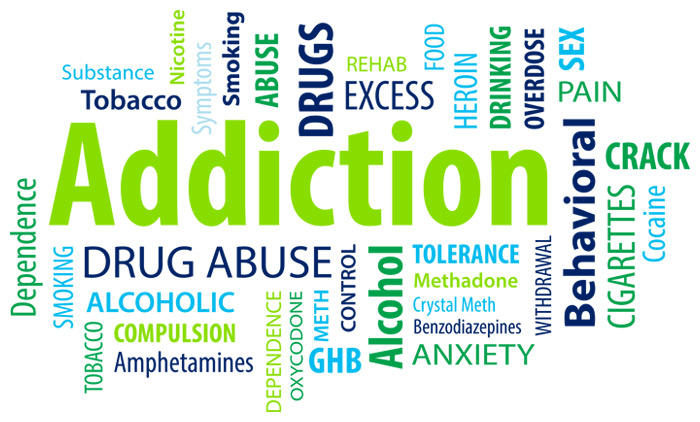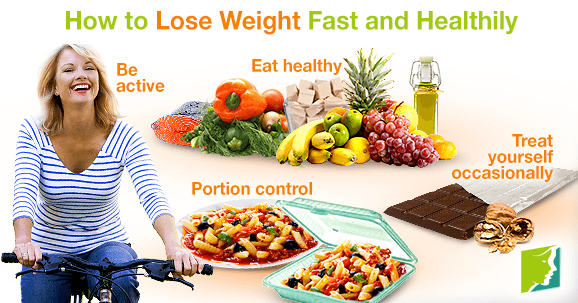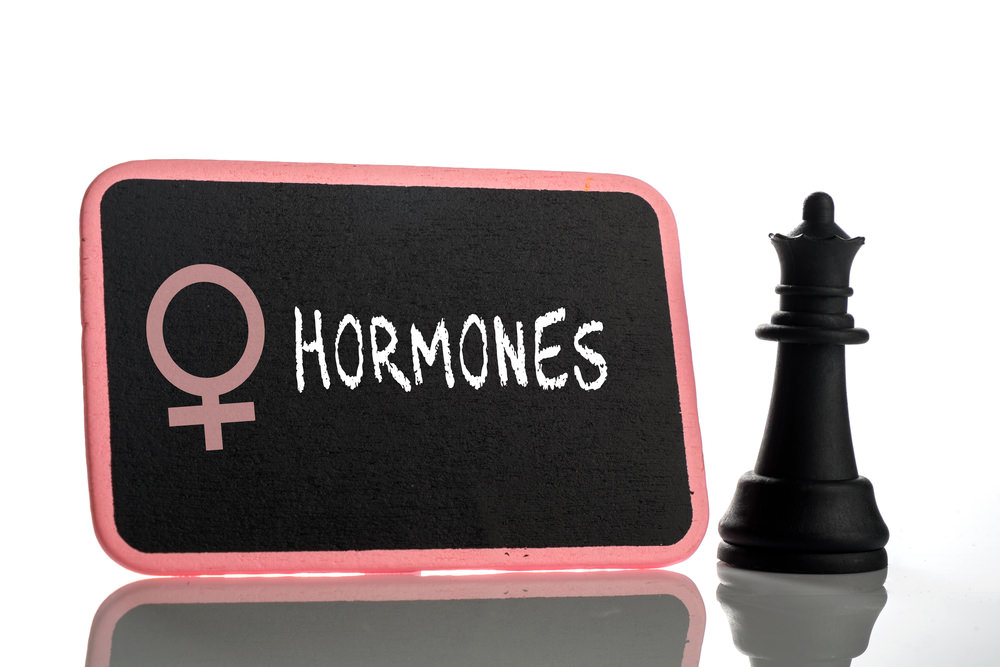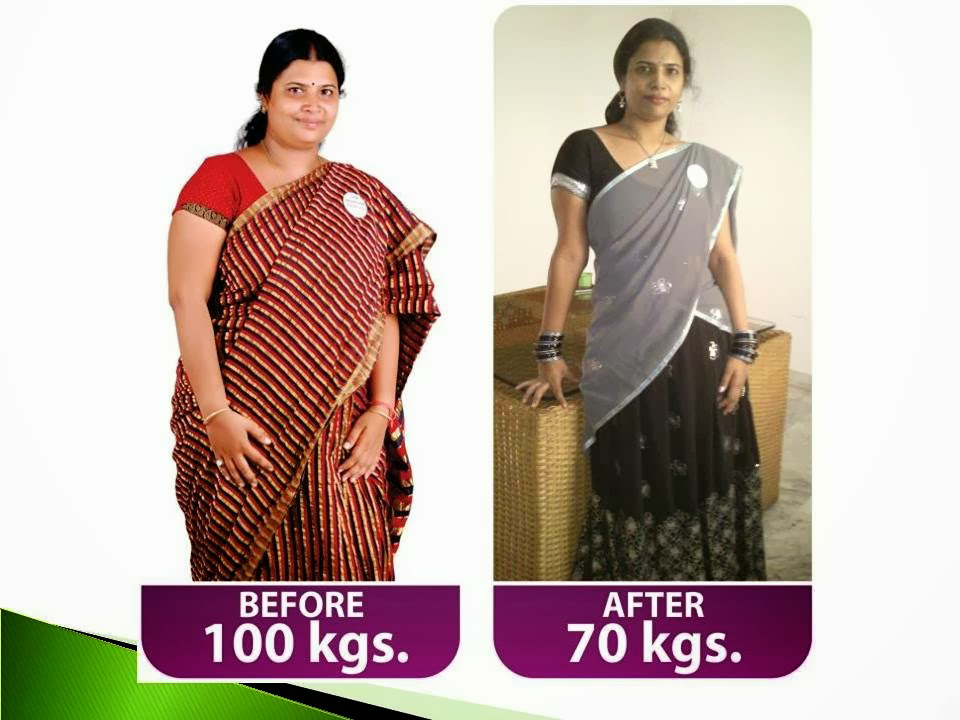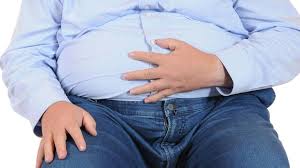Easy weight loss steps for health
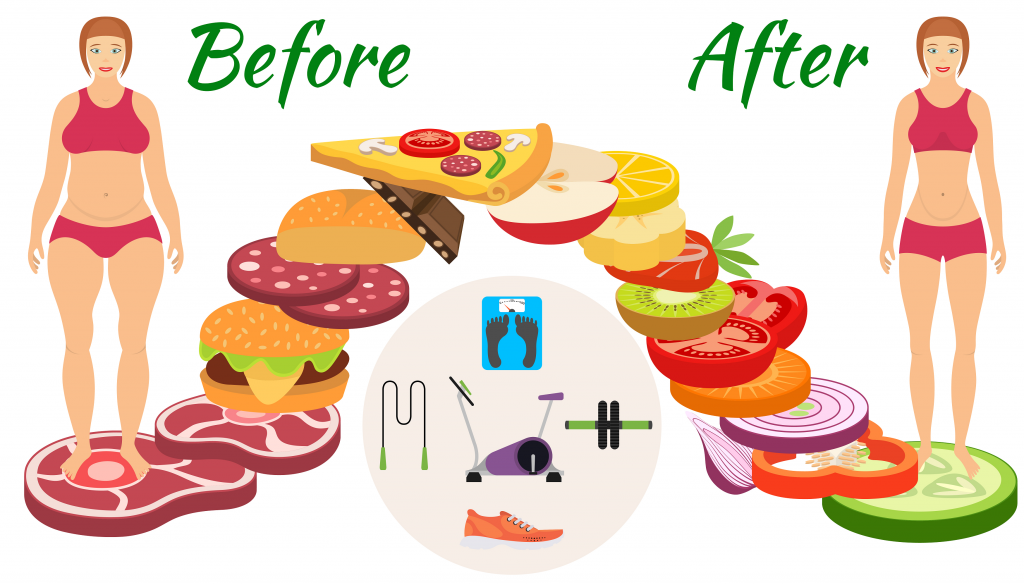
Easy weight loss steps for health that delivers health perfection
Easy weight loss steps for health: The best action you can take is to lose
Weight management can sometimes looks complicated. Many have failed and given up because of lack of knowledge. This must not be allowed to take place. Losing weight is all about gaining health. We must be creative to ensure that we achieve our weight loss objective. To achieve this, doctor Dalal Akoury MD President and founder of AWAREmed health and wellness resource center shares with us some of the simple and easy weight loss steps that will ensure that we lose objectively.
Easy weight loss steps for health: Physical activities
Sticking to a demanding weekly workout regimen can be difficult, both in terms of time and finding constant motivation. One skipped workout can seem to derail the whole process. Instead, pick physical activities that you enjoy or which are manageable: Dance class, bike riding, mowing the lawn, using the stairs at work instead of the elevator, etc. The good feeling you get from physical activity, including the increased serotonin level, will be the best argument for ramping up your workout schedule.
Eat Foods You Like – When most of us think of diets, we think of cutting out foods that are bad for us. But one of the best tricks for sticking to a diet is to add as many foods as you take away. Pick healthy foods that you like (carrots, grapes, blueberries, snow peas, nuts, etc.) and make sure to include them (within moderation, of course) in your daily meals and snacks. And remember, low-fat dairy products, lean meats, diet sodas all make for good substitutions when you are trying to control your calorie intake without starving yourself.
Stay Hydrated - Drinking a glass of water before and after meals will help you feel less hungry and satiated more quickly, helping to prevent you from overeating. Staying hydrated through the day will also help you work out for longer periods of time.
Small Portions – Many of us are habituated to clearing our plates at meals, no matter how large or small the portions. When cooking at home, put less food on the plate; when you’re finished, you’ll likely feel as full as if you’d eaten twice as much. When eating out, order appetizers instead of entrees, or split the entrees that you do order with another person. You’ll keep your calorie count down and save money at the same time.
Eat Less, More Often -Instead of skipping breakfast with a coffee and then eating a big lunch and dinner, spread multiple meals and snacks throughout the day. If you establish a pattern of eating a small meal or snack every few hours throughout the day your metabolism will pick up, and start to burn calories quicker and more efficiently.
Finally, be patient, Rome wasn’t built in a day. Setting up unrealistic goals for short-term weight loss results, may cause discouragement. Instead, remember that sustainable weight loss is a long and steady process. For instance, don’t weigh yourself three times a day, but once a week to monitor your progress. And for any other concern you may have schedule your solution appointment with doctor Akoury today.
Easy weight loss steps for health: The best action you can take is to lose
http://www.I-AM-I.com/wp-admin



